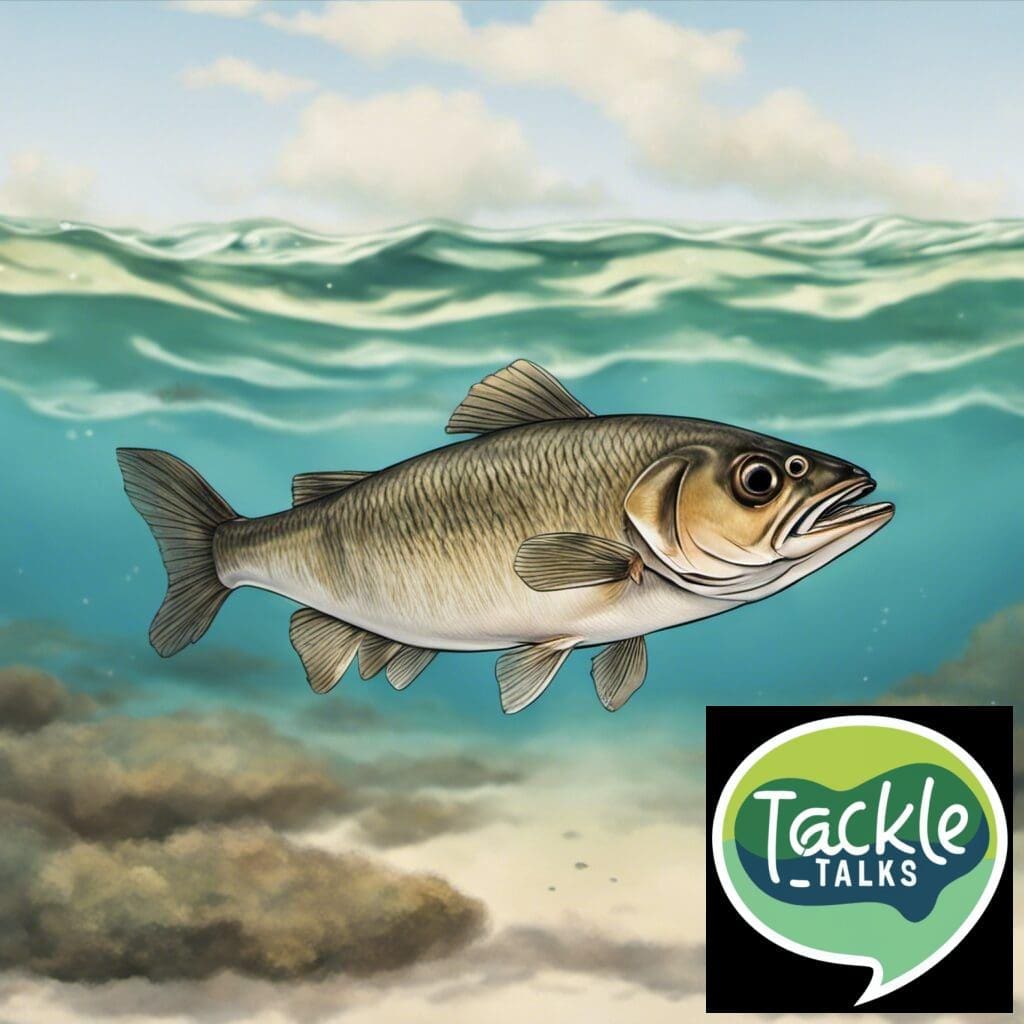Introduction
The Bermuda Sea Chub, or ‘Kyphosus sectatrix’, is a fish species from the family Kyphosidae. This robust tropical and subtropical species is native to the Atlantic Ocean and the waters around Bermuda. However, it is also found widely distributed in other regions.
Conservation Status
The Bermuda Sea Chub is not currently listed by international conservation bodies and thus does not have an official conservation status. That said, efforts to conserve marine life habitats naturally include maintaining the habitats of this species. This includes limiting overfishing and reducing environmental pollution which can harm these fish.
Statistics
| Statistic | Average | Range |
|---|---|---|
| Length | 18 inches | Up to 24 inches |
| Weight | Not Specified | Not Specified |
| Lifespan | 5-10 years | Not Specified |
More research is needed to further understand the Bermuda Sea Chub’s average weight and lifespan range.
Distribution
The Bermuda Sea Chub has a vast distribution, ranging from the Atlantic Ocean to regions such as Bermuda, the Gulf of Mexico, and the Caribbean Sea. It has not been observed to have significant migration patterns.
Habitats
Bermuda Sea Chub are usually found in marine or brackish waters and prefer low-energy environments. They can be found at water depths from 2 to 100 feet and in temperature ranges generally associated with tropical and subtropical climates.
When and Where to See
This species tends to be more active during the warmer months, making spring and summer the best time for sighting them. They are generally active during daytime hours.
Best Fishing Locations
While specific top locations are not documented for this species, they can generally be found in shallow, sheltered waters along the coastlines of the Atlantic Ocean, Gulf of Mexico, and Caribbean Sea. It is recommended to track their presence based on local reports or consult experienced fishing guides in your area.
How to Catch
Light tackle and live bait are generally effective for catching Bermuda Sea Chub. Due to their extensive biting range, a variety of fishing techniques such as drift fishing, float fishing, or netting can be used.
Identification Guide
The Bermuda Sea Chub is a robust, silver-grey fish that can have a bluish or greenish tinge and often displays darker bars or stripes. Compare this with Bermuda Chub’s similar species, the White Chub, which has a sleeker look and lacks distinctive dorsal bars.
Culinary
The meat of the Bermuda Sea Chub has a mild, slightly salty taste. It’s commonly grilled or pan-fried, but can also be used in stews or fritters. Nutritional information and specific recipes for this species are not widely documented.
Additional Information
Bermuda Sea Chub are generally omnivores, eating both plant matter and small invertebrates. They face threat by larger predatory fish and human activities such as overfishing and habitat destruction.
References and Further Reading
Sources used in the compilation of this article include fish identification guides, marine biology databases, and academic journals on marine ecology. To learn more about the Bermuda Sea Chub, interested readers may refer to such materials that provide in-depth information about marine fishes and their environments.

